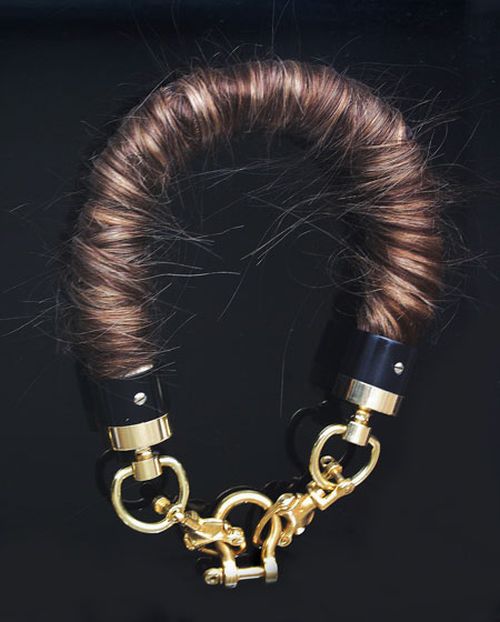|
|
Jewelry From Hair By Anna Schwamborn
|
The Renaissance and exploration both had significant impacts on the development of jewellery in Europe. By the 17th century, increasing exploration and trade lead to increased availability of a wide variety of gemstones as well as exposure to the art of other cultures. Whereas prior to this the working of gold and precious metal had been at the forefront of jewellery, this period saw increasing dominance of gemstones and their settings. A fascinating example of this is the Cheapside Hoard, the stock of a jeweller hidden in London during the Commonwealth period and not found again until 1912. It contained Colombian emerald, topaz, amazonite from Brazil, spinel, iolite, and chrysoberyl from Sri Lanka, ruby from India, Afghani lapis lazuli, Persian turquoise, Red Sea peridot, as well as Bohemian and Hungarian opal, garnet, and amethyst. Large stones were frequently set in box-bezels on enamelled rings. Notable among merchants of the period was Jean-Baptiste Tavernier, who in the 1660s brought the precursor stone of the Hope Diamond to France.
When Napoleon Bonaparte was crowned as Emperor of the French in 1804, he revived the style and grandeur of jewellery and fashion in France. Under Napoleon’s rule, jewellers introduced parures, suites of matching jewellery, such as a diamond tiara, diamond earrings, diamond rings, a diamond brooch and a diamond necklace. Both of Napoleon’s wives had beautiful sets such as these and wore them regularly. Another fashion trend resurrected by Napoleon was the cameo. Soon after his cameo decorated crown was seen, cameos were highly sought after. The period also saw the early stages of costume jewellery, with fish scale covered glass beads in place of pearls or conch shell cameos instead of stone cameos. New terms were coined to differentiate the arts: jewellers who worked in cheaper materials were called bijoutiers, while jewellers who worked with expensive materials were called joailliers; a practice which continues to this day.
|
|









